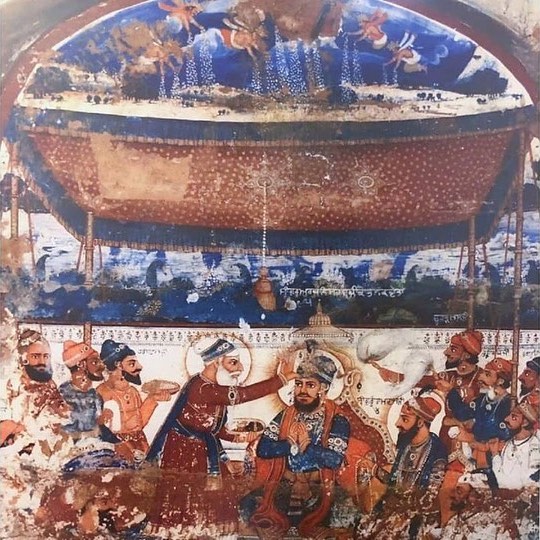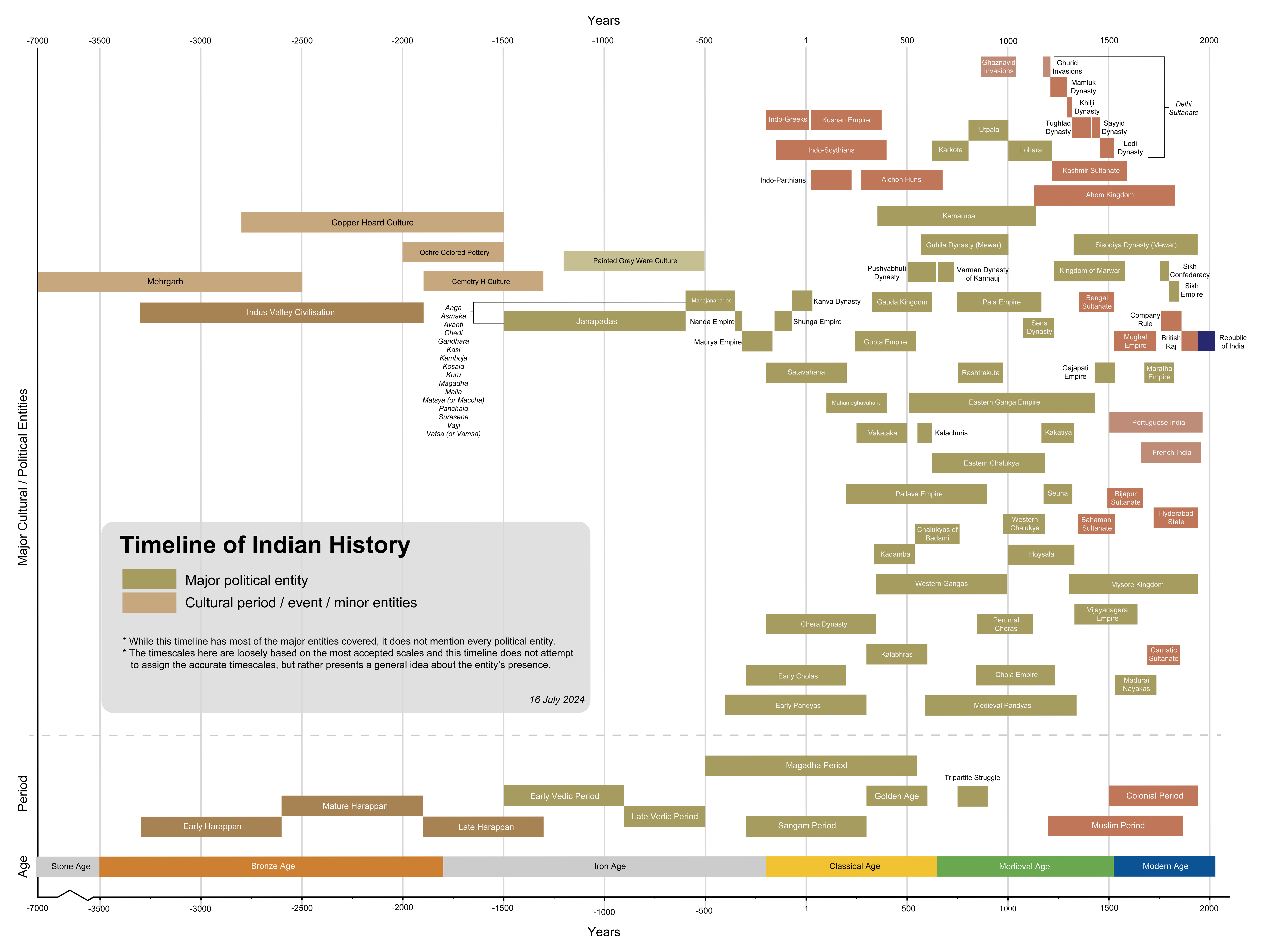|
1563 In India
Events from the year 1563 in India. Events * ''Colóquios dos simples e drogas da India'', a discussion on Indian drugs, by Garcia de Orta is first published. Births * 15 April – Guru Arjan Dev, Sikh guru is born (dies 1606) * Steven van der Hagen, first admiral of the Dutch East India Company is born in Amersfoort (dies 1621) Deaths * Gaspar Correia, a Portuguese historian and author of Lendas da Índia ( "Legends of India")'', dies (born c. 1486) See also * Timeline of Indian history This is a timeline of Indian history, comprising important legal and territorial changes and political events in India and its predecessor states. To read about the background to these events, see History of India. Also see the list of govern ... {{India-year-stub ... [...More Info...] [...Related Items...] OR: [Wikipedia] [Google] [Baidu] |
Colóquios Dos Simples E Drogas Da India
''Colloquies on the Simples and Drugs of India'' () is a work published in Goa on 10 April 1563 by Garcia de Orta, a Portuguese Jewish physician and naturalist, a pioneer of tropical medicine. Outline of the ''Colóquios'' Garcia de Orta's work is in dialogue format. It consists of a series of 57 conversations between Garcia de Orta and an imaginary colleague, Ruano, who is visiting India and wishes to know more about its drugs, spices and other natural products. Occasional participants in the dialogue are apparently real people: * Antonia, a slave, Garcia de Orta's research assistant * Several unnamed slaves * D. Jeronimo, brother of a cholera sufferer * Dimas Bosque, a colleague who also contributes a preface to the book * Malupa, an Indian physician In general the drugs are considered in alphabetical order, but with exceptions. Each of the substances that comes up for discussion is dealt with fairly systematically: its identification and names in earlier texts, its source, ... [...More Info...] [...Related Items...] OR: [Wikipedia] [Google] [Baidu] |
Garcia De Orta
Garcia de Orta (or Garcia d'Orta; 1501–1568) was a Portuguese physician, herbalist, and naturalist, who worked primarily in Goa and Bombay in Portuguese India. A pioneer of tropical medicine, pharmacognosy, and ethnobotany, Garcia used an experimental approach to the identification and the use of herbal medicines, rather than the older approach of received knowledge. His most famous work is '' Colóquios dos simples e drogas da India'', a book on simples (herbs used individually and not mixed with others) and drugs. Published in 1563, it is the earliest treatise on the medicinal and economic plants of India. Carolus Clusius translated it into Latin, which was widely used as a standard reference text on medicinal plants. Although Garcia de Orta did not suffer the Goa Inquisition, his sister Catarina was burnt at the stake in 1569 for being a secret Jew and, based on her confession, his remains were later exhumed and burnt, along with an effigy, at an auto-da-fé. Memori ... [...More Info...] [...Related Items...] OR: [Wikipedia] [Google] [Baidu] |
Guru Arjan Dev
Guru Arjan (Gurmukhi: ਗੁਰੂ ਅਰਜਨ, pronunciation: ; 15 April 1563 – 30 May 1606) was the fifth of the ten total Sikh Gurus. He compiled the first official edition of the Sikh scripture called the Adi Granth, which later expanded into the Guru Granth Sahib. He is regarded as the first of the two Gurus martyred in the Sikh faith. Guru Arjan was born in Goindval, in the Punjab, the youngest son of Bhai Jetha, who later became Guru Ram Das, and Mata Bhani, the daughter of Guru Amar Das. He completed the construction of the Darbar Sahib at Amritsar, after the fourth Sikh Guru founded the town and built a sarovar. Arjan compiled the hymns of previous Gurus and of other saints into Adi Granth, the first edition of the Sikh scripture, and installed it in the Harimandir Sahib. Guru Arjan reorganized the masand system initiated by Guru Ram Das, by suggesting that the Sikhs donate, if possible, one-tenth of their income, goods or service to the Sikh organization (''d ... [...More Info...] [...Related Items...] OR: [Wikipedia] [Google] [Baidu] |
1606 In India
Events in the year 1606 in India. Events *Dutch blockade of Goa. *A sixth suffragan See to Goa was established at San Thome, Mylapore, near the modern Madras, and the site of the National Shrine of St. Thomas Basilica, advancing the Christianization of Goa Deaths *Guru Arjan, first martyr of Sikh faith and the fifth of the ten Sikh Gurus, died on 30 May in Lahore *Eknath, Marathi sant, in Paithana References India India, officially the Republic of India, is a country in South Asia. It is the List of countries and dependencies by area, seventh-largest country by area; the List of countries by population (United Nations), most populous country since ... Years of the 16th century in India 1600s in India {{India-year-stub ... [...More Info...] [...Related Items...] OR: [Wikipedia] [Google] [Baidu] |
Steven Van Der Hagen
Steven van der Hagen (Amersfoort, 1563 – 1624) was the first admiral of the Dutch East India Company (VOC). He made three visits to the East Indies, spending six years in all there. He was appointed to the Council of the Indies. Van der Hagen protested against the harsh administration of the administrators, who wanted a monopoly on the clove trade and were willing to fight against their Spanish, Portuguese, English or Asiatic trade competitors in order to get it. Laurens Reael and Steven van der Hagen wrote with disapproval on how the Heren XVII treated the interests and laws of the Maluku population. Both argued that the company had no right to compel the natives of the Moluccas to sell their spices exclusively to the Dutch, unless the latter could supply them in return with adequate supplies of food and clothing at reasonable prices. They urged that it was better, in the long run, for the Dutch to content themselves with large sales and small profits rather than str ... [...More Info...] [...Related Items...] OR: [Wikipedia] [Google] [Baidu] |
Dutch East India Company
The United East India Company ( ; VOC ), commonly known as the Dutch East India Company, was a chartered company, chartered trading company and one of the first joint-stock companies in the world. Established on 20 March 1602 by the States General of the Netherlands amalgamating Voorcompagnie, existing companies, it was granted a 21-year monopoly to carry out trade activities in Asia. Shares in the company could be purchased by any citizen of the Dutch Republic and subsequently bought and sold in open-air secondary markets (one of which became the Amsterdam Stock Exchange). The company possessed quasi-governmental powers, including the ability to wage war, imprison and execute convicts, negotiate treaties, strike Coinage of the Dutch East India Company, its own coins, and establish colonies. Also, because it traded across multiple colonies and countries from both the East and the West, the VOC is sometimes considered to have been the world's first multinational corporation. St ... [...More Info...] [...Related Items...] OR: [Wikipedia] [Google] [Baidu] |
Amersfoort
Amersfoort () is a Cities of the Netherlands, city and List of municipalities of the Netherlands, municipality in the Provinces of the Netherlands, province of Utrecht (province), Utrecht, Netherlands. As of 31 January 2023, the municipality had a population of 160,902, making it the second-largest of the province and fifteenth-largest of the country. Amersfoort is also one of the largest Dutch railway junctions with its three stations—Amersfoort Centraal railway station, Amersfoort Centraal, Amersfoort Schothorst railway station, Schothorst and Amersfoort Vathorst railway station, Vathorst—due to its location on two of the Netherlands' main east to west and north to south railway lines. The city was used during the 1928 Summer Olympics as a venue for the Modern pentathlon at the 1928 Summer Olympics, modern pentathlon events. Amersfoort marked its 750th anniversary as a city in 2009. History Hunter-gatherer, Hunter gatherers set up camps in the Amersfoort region in the Mes ... [...More Info...] [...Related Items...] OR: [Wikipedia] [Google] [Baidu] |
1621 In India
This article is about the particular significance of the year 1621 to India and its people. Events * Battle of Rohilla * 10 year old Jai Singh I ascends to the throne as the Raja of Amber and the head of the Kachwaha Rajputs Births Deaths * Nizamuddin Ahmad, Muslim historian of late medieval India (born 1551) See also * Timeline of Indian history This is a timeline of Indian history, comprising important legal and territorial changes and political events in India and its predecessor states. To read about the background to these events, see History of India. Also see the list of govern ... References 1621 in Asia 1620s in India 1621 by country 17th century in India {{India-year-stub ... [...More Info...] [...Related Items...] OR: [Wikipedia] [Google] [Baidu] |
Gaspar Correia
Gaspar Correia (1492 – c. 1563 in Goa) was a Portuguese historian who wrote ''Lendas da Índia'' (Legends of India), one of the earliest and most important works about Portuguese rule in Asia.Ana Paula Avelar, "Gorreia, Gaspar" , in CHAM Letra Biography  Little is known of the author or his family origins and birthplace. It is assumed that he was born in 1492. He lived mostly in , reportedly arriving around 1 ...
Little is known of the author or his family origins and birthplace. It is assumed that he was born in 1492. He lived mostly in , reportedly arriving around 1 ...
[...More Info...] [...Related Items...] OR: [Wikipedia] [Google] [Baidu] |
Timeline Of Indian History
This is a timeline of Indian history, comprising important legal and territorial changes and political events in India and its predecessor states. To read about the background to these events, see History of India. Also see the list of governors-general of India, list of prime ministers of India and list of years in India. Pre-historic India Pre-90th century BCE (BC) 90th–50th century BCE Bronze Age India 50th–40th century BCE 30th– 20th century BCE 19th century BCE 18th century BCE Iron Age India 17th century BCE 16th century BCE 15th century BCE 14th century BCE 13th century BCE 12th century BCE 11th century BCE 10th century BCE 9th century BCE 8th century BCE 7th century BCE 6th century BCE 5th century BCE 4th century BCE Classical India 3rd century BCE 2nd century BCE 1st century BCE 1st century 2nd century 3rd century ... [...More Info...] [...Related Items...] OR: [Wikipedia] [Google] [Baidu] |




